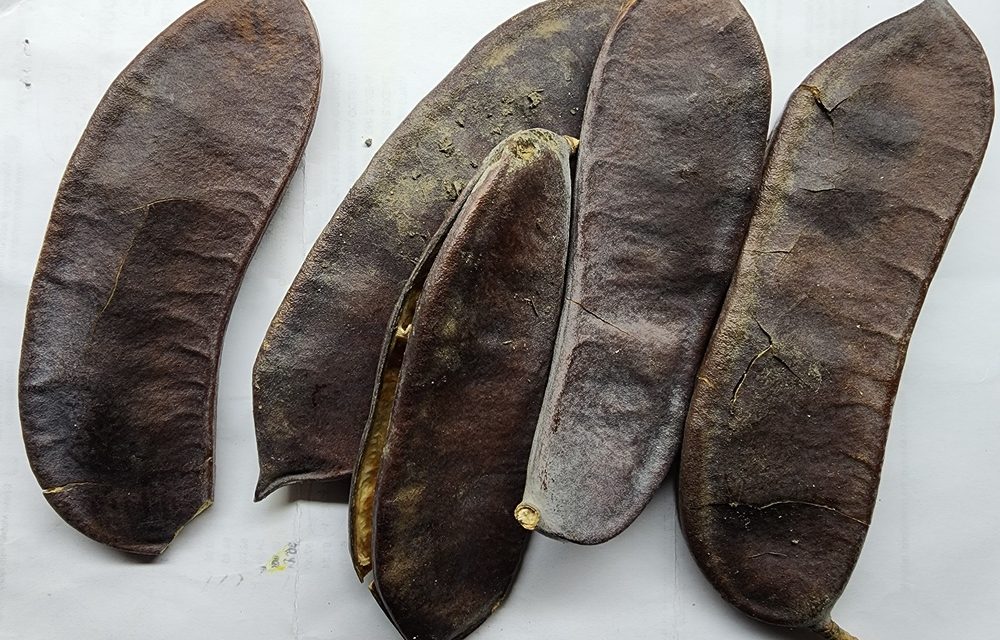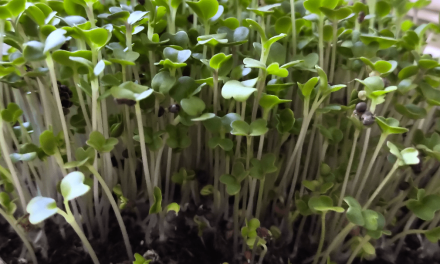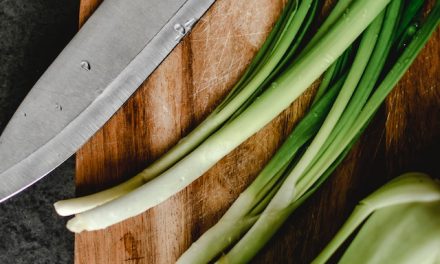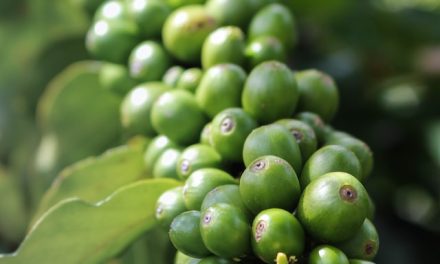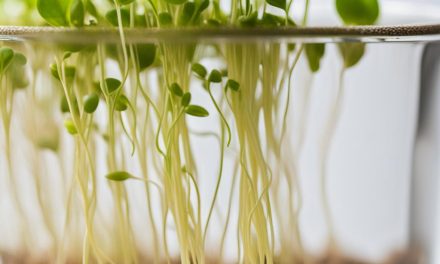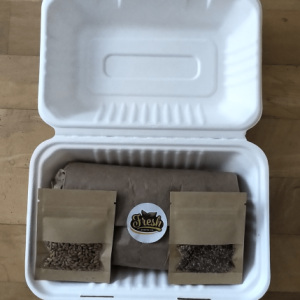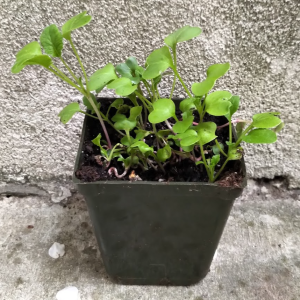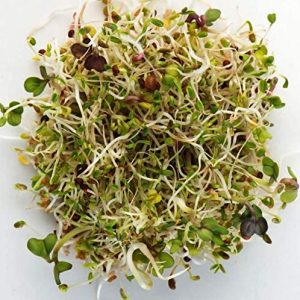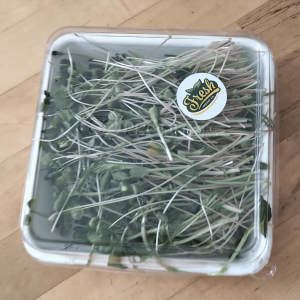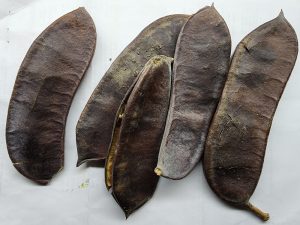
The Kentucky Coffeetree, scientifically known as Gymnocladus dioicus, is a unique tree species that’s native to the Midwest United States. Known for its high tolerance to pollution and resistance to diseases, it’s often used as a street or shade tree in urban areas. Growing this distinctive tree from seed can be a rewarding endeavor, albeit one that requires a bit of patience and care. Here’s a detailed, 1500-word guide to help you succeed in cultivating a Kentucky Coffeetree right from its seed.
Seed Collection
Kentucky Coffeetree seeds are located inside large, hard pods that ripen and fall from the tree in late autumn or early winter. To begin, gather some of these fallen pods. Keep in mind that the seeds are extraordinarily hardy, and some may remain viable for several years.
Seed Preparation
 The next step is stratification, a process that simulates the natural conditions seeds would experience through a cold winter. Before stratification, the seeds should be scarified, which involves softening the hard seed coat to improve water uptake and allow germination. This can be done using a file or sandpaper to lightly wear down a small area of the seed coat without damaging the seed inside. Then, place the scarified seeds in a container of moist sand or peat moss and refrigerate them for at least two months. Check the medium periodically to ensure it stays damp.
The next step is stratification, a process that simulates the natural conditions seeds would experience through a cold winter. Before stratification, the seeds should be scarified, which involves softening the hard seed coat to improve water uptake and allow germination. This can be done using a file or sandpaper to lightly wear down a small area of the seed coat without damaging the seed inside. Then, place the scarified seeds in a container of moist sand or peat moss and refrigerate them for at least two months. Check the medium periodically to ensure it stays damp.
Seed Planting
When you’re ready to plant, choose a location that offers full sun or partial shade and well-drained soil. Kentucky Coffeetrees can adapt to a variety of soil conditions but prefer alkaline soil.
Plant each seed about an inch deep and cover it with soil. You can plant multiple seeds in a single large pot or in separate smaller pots. If you’re planting directly in the ground, space the seeds about 20 feet apart, as these trees can grow quite large.
Seedling Care
 Water the seeds gently but thoroughly after planting and maintain a consistent watering schedule. The soil should be kept moist but not waterlogged. In about 4-6 weeks, the seeds should germinate, and you’ll start seeing seedlings.
Water the seeds gently but thoroughly after planting and maintain a consistent watering schedule. The soil should be kept moist but not waterlogged. In about 4-6 weeks, the seeds should germinate, and you’ll start seeing seedlings.
As the seedlings grow, they’ll need plenty of light, so ensure they’re located where they’ll get at least 6 hours of sunlight a day. Water the seedlings whenever the top inch of soil feels dry, but be cautious not to overwater.
Transplanting
When the seedlings are about 8 inches tall, it’s time to consider transplanting them if they are in pots. When transplanting, be careful not to damage the taproot, which is crucial for the tree’s growth. If you’re moving the seedlings outdoors, acclimate them to the outdoor environment by taking them outside for a few hours each day, gradually increasing the time over a week or two before the final planting.
Tree Care
After planting, water the tree thoroughly and keep the soil evenly moist. A layer of organic mulch around the base of the tree will help conserve moisture and reduce weed competition.
Kentucky Coffeetrees are relatively low-maintenance once established. They can tolerate some drought, but you should provide supplemental watering during extended dry periods. These trees generally don’t require regular fertilizing, but if the growth seems sluggish, you could consider applying a balanced, slow-release fertilizer.
Pruning isn’t necessary for young trees, but mature trees can be pruned to remove dead or damaged wood or to shape the canopy. The best time to prune is late winter or early spring while the tree is dormant.
Growing a Kentucky Coffee tree from seed can be a rewarding endeavor that requires care, patience, and a bit of horticultural knowledge. But once established, these trees are quite hardy and require minimal maintenance.
Potential Challenges
The Kentucky Coffeetree is not only easy to grow but also showcases a beautiful fall color on its ash and elm-like foliage. As a tree seedling, it stands resilient against many diseases and pests, but, occasionally, it might succumb to challenges like leaf spot and canker. It’s crucial to inspect the tree regularly, looking out for any discolored leaves or blemishes on the bark. If you spot signs of distress or naked branches, consulting a local extension service or nursery can offer guidance.
Within 24 hours of procuring its brown seeds, it’s advisable to soak the seeds in potting soil to ensure proper germination. However, it’s essential to exercise caution with the tree’s seeds and pods, as they contain a toxic substance. If ingested, they can pose risks to both humans and pets. If your household includes curious pets or young children, it’s prudent to be particularly vigilant about the fallen pods, ensuring they don’t become accidental snacks.
When is the best time to move a Kentucky Coffeetree outside?
If you’ve started growing your Kentucky Coffeetree (Gymnocladus dioicus) indoors, the best time to move it outside will depend on the local climate and the tree’s stage of growth.
The key consideration here is that the young plant should not be exposed to freezing temperatures, so it’s best to wait until the risk of frost has passed. In many parts of North America, this is typically in the late spring or early summer (around mid-April to early June). However, if you live in a region with a milder climate, you might be able to do it earlier.
Before you move your tree outdoors permanently, it’s a good idea to harden it off for a week or two. This is a process that involves gradually introducing the plant to outdoor conditions to reduce the shock of the transition. Start by putting the plant outside for a few hours a day in a sheltered location, then gradually increase the amount of time and exposure to sun and wind over the course of 1-2 weeks.
When you’re ready to plant the tree in the ground, choose a spot with full sun or partial shade, and well-drained soil. Water the tree thoroughly after planting, and make sure it gets consistent water during its first year, as it establishes its root system.
It’s also worth noting that Kentucky Coffeetrees can get quite large (up to 60-75 feet), so ensure that the location you choose will accommodate the tree’s full size.
Reaping the Benefits
Despite the challenges, the reward of growing a Kentucky Coffeetree from seed is a large, sturdy tree that provides excellent shade and adds an element of unique beauty to your landscape. Its bright green, bipinnately compound leaves provide dense shade in the summer, while in the fall, they turn a stunning yellow that’s a sight to behold.
Moreover, the Kentucky Coffeetree is an excellent choice for the environmentally conscious gardener. It’s a native species that support local ecosystems, and its hardiness reduces the need for chemical fertilizers or pest control methods.
The Bigger Picture
Gardening is about more than just beautifying our personal space; it’s a way we can contribute to the health of our planet. By choosing to grow native trees like the Kentucky Coffeetree, we support local wildlife and help maintain biodiversity.
Growing a tree from a seed is a journey, one filled with learning and patience. It can be a profound way to connect with nature and cultivate an appreciation for the environment. From a small, hard seed, you’ll witness the growth of a mighty tree, a journey that’s rewarding, educational, and undeniably fascinating.
Growing a Kentucky Coffeetree from seed may seem like a formidable task, but with the right care and patience, it’s an achievable gardening project that promises a great reward. Not only will you have a unique, robust tree, but you’ll also be contributing to the health of your local ecosystem. Armed with this guide, you’re now ready to embark on your Kentucky Coffeetree growing journey!

